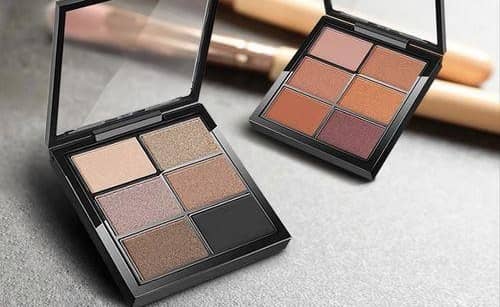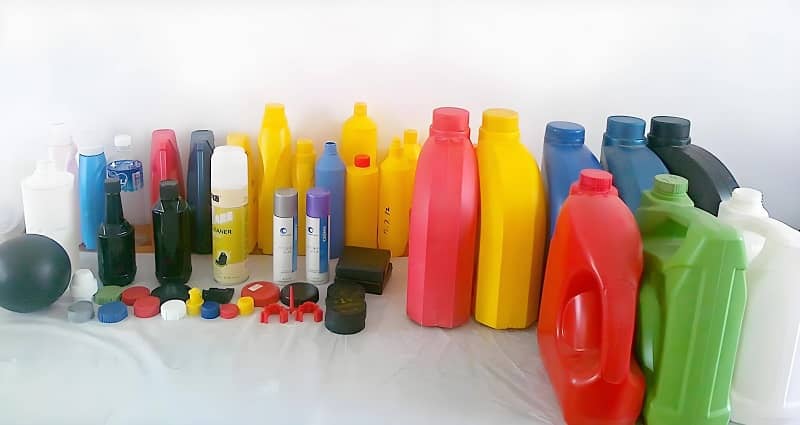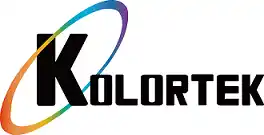What are the areas of application of pearlescent pigments?
September 9th, 2024Modern consumers increasingly value shiny effects for major industries. From cosmetics and packaging design, to plastics and plastic manufacturing, glossy effects have quickly become the go-to aesthetic in major sectors such as cosmetics. From cosmetics and packaging design to plastics manufacturing and plastics engineering; pearlescent pigments boasting their special visual properties make them indispensable in many applications; consumers seek high-quality visual experiences more and more often, expanding its use within more industries thereby opening new creative potential and applications of pearlescent pigments further still.
Cosmetics: Pearlescent Revolution in beauty products
No woman can resist shiny products! Pearlescent makeup products have quickly taken over the beauty industry, becoming one of the main highlights in eye and lip makeup products. Major beauty brands competed to release pearlescent eyeshadows, and pearlescence became a hallmark feature for eye makeup that year. Pearlescent pigments give these products new color systems and color qualities as well as chemical resistance and high temperature resistance; therefore they’re used widely used across a range of cosmetic products due to being chemical resistant and high temperature resistant.

Pearlescent pigment is typically composed of natural mica and is extremely safe. It meets all FDA standards, being free from skin or eye irritation and providing rich colors with sparkling glossy effects that enhance both aesthetics and personalization needs of products. Pearlescent eye shadow is just one application where pearlescent pigment can be found. Other popular uses for it include lipsticks, foundations, eyeliners, eyebrow pencils, nail polishes, hair creams and moisturizers – as well as lipstick. Pearlescent eyeshadow has long been a top seller – providing consumers with customized cosmetic products.
Pearlescent pigments have long been an integral component of conventional cosmetics; however, with the rapid advancement of beauty industry products and luxury brands have begun incorporating pearlescent pigments to increase texture and attractiveness of their products. Consumer demand for glossiness, texture, and personalized appearance will ensure pearlescent pigments continue to hold an essential place in future beauty markets.
Plastic Industry: Expanding color capabilities of plastic products
Pearlescent pigments shine not only in cosmetic applications, but they are also an indispensable asset in plastic manufacturing. By adding pearlescent pigment to transparent or semi-transparent plastic resin, pearlescent pigment can add a charming color visual effect, particularly with highly transparent resins where its unique luster effect can truly shine through and create breathtaking visual impacts. Even opaque resins such as PC and PVC have special processing characteristics which enable pearlescent pigment to exhibit satisfactory gloss effects for these opaque materials; its presence still yields beautiful gloss effects and color results.
Pearlescent pigment is an invaluable asset when applied to plastic products, from household appliances and automobile interiors to high-grade packaging materials and more. Pearlescent pigment can give plastic products a distinctive visual experience and distinguish themselves from their competition in any market, particularly high-end consumer goods markets such as jewelry. By applying pearlescent pigments, brands can enhance their image of high-quality goods through branding with pearlescent hues.
Pearlescent pigments’ use in plastics industry illustrates its environmental and safety advantages, and are used widely across toys, food packaging and other fields due to their natural and non-toxic composition – meeting consumer demand for eco-friendly and safe products.

Printing Industry: Enhancing printed materials
Pearlescent pigments play an integral part in the printing industry. Their excellent dispersibility enables them to be easily mixed into low-viscosity printing inks with only slight agitation required for mixing. Due to their multilayer structure, however, pearlescent pigments must be handled gently during mixing in order to prevent damaging their surface structure and diminishing their gloss effect.
Pearlescent pigment can not only add pearlescent effect to printed material, but it can also maintain the original hue while adding metallic or iridescent luster effects that add dimension and depth to printed matter. Due to these capabilities, pearlescent pigment is widely utilized by printers for applications including wrapping paper printing, magazines, advertising paintings and textile printing – especially textile printing applications where its presence greatly enhances visual appeal and grade grade of printed matter.
Modern consumers’ desire for high-quality visual experiences has propelled the printing industry forward in its innovation efforts and breakthrough. Pearlescent pigment offers a new way of color expression in printing products, which not only increases brand promotion visually but also strengthens market competitiveness.
Special Applications: Meeting Higher Standards
Pearlescent pigment has proven its versatility across a range of applications. Their low heavy metal content and compliance with relevant technical safety standards make pearlescent pigment an excellent material choice in food packaging and children’s toys – thus becoming increasingly sought-after by industries in response to growing consumer concern for product safety.
Pearlescent pigment is chemically resistant. Its noncombustible, nonspontaneous combustion and nonconductive properties enable it to withstand temperatures ranging from 600degC to 800degC without spontaneous combustion or conductivity – making pearlescent pigment an excellent choice for use in radiation curing systems such as electron beam curing or light curing reactive coatings.
Pearlescent pigments possess excellent hydrophilicity due to their surface chemical structure, making them well suited for use in aqueous coatings. Unfortunately, organic systems experience weak dispersion due to poor lipophilicity; this issue can be addressed through surface treatment so as to extend their application range further.
Future Development of Pearlescent Pigments
As technology progresses, pearlescent pigment applications will expand further. From automobile coatings and high-end building materials to smart packaging solutions, their unique properties and strong adaptability offer numerous possibilities for future industrial development. As consumer demand for customized and personalized products continues to increase, pearlescent pigments will continue providing innovation and setting trends in the marketplace.
Mica Based Pearlescent Pigments hold an integral place in both modern industrial and consumer product markets due to their diverse color effects and excellent physicochemical properties. As technology develops and consumer demand changes, their range of applications will widen further and create opportunities in various industries.
